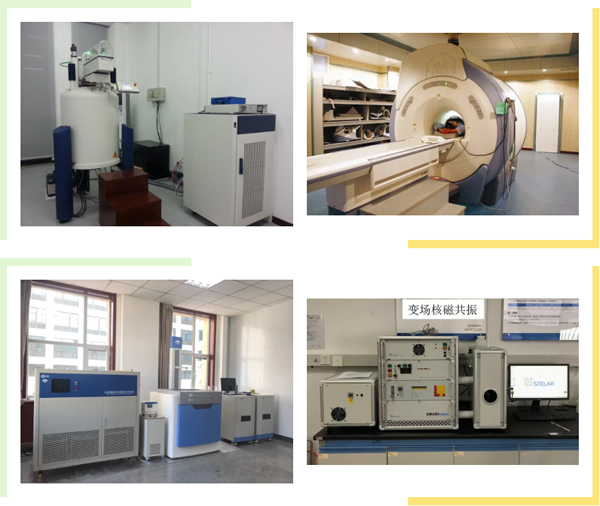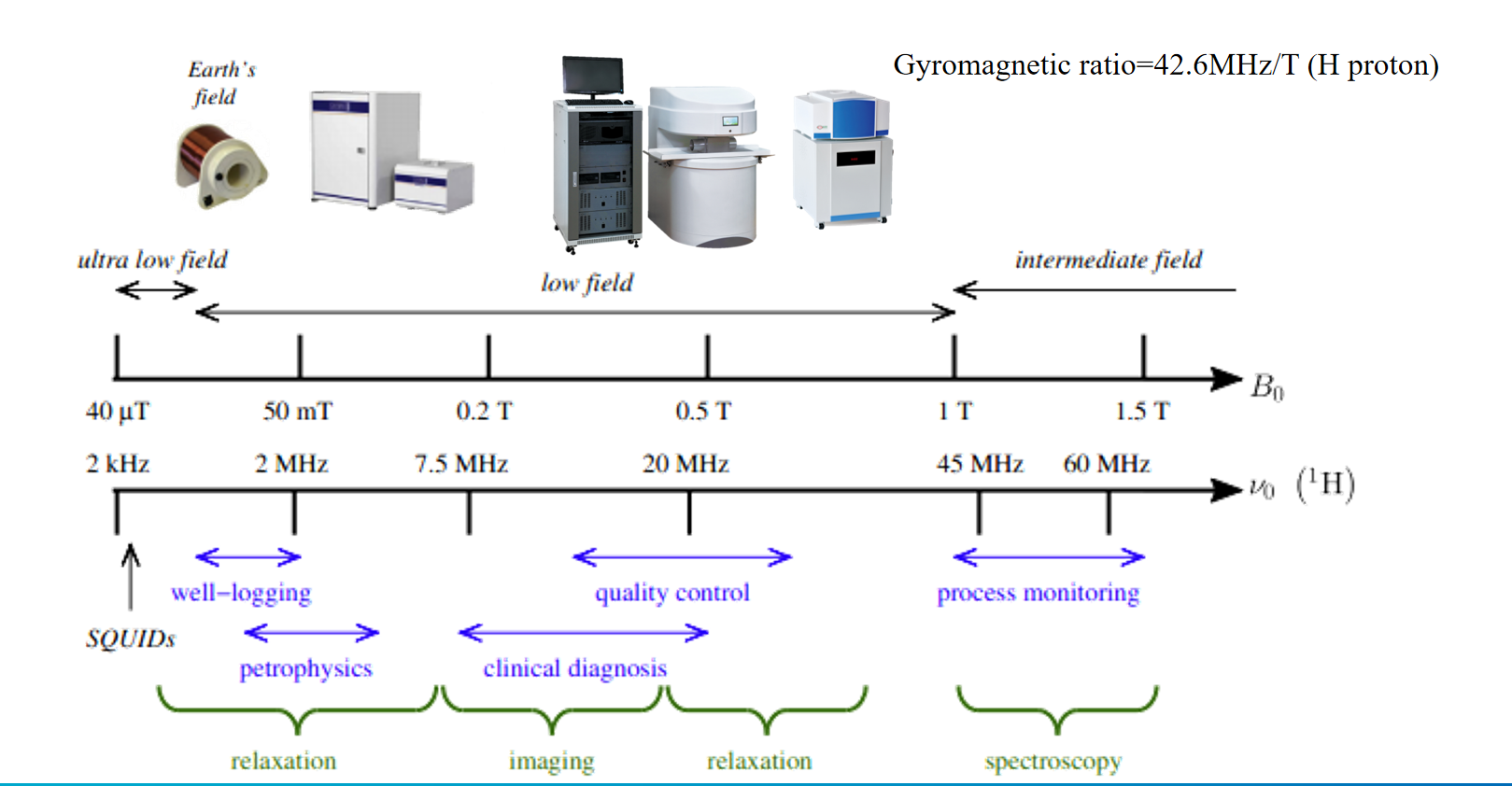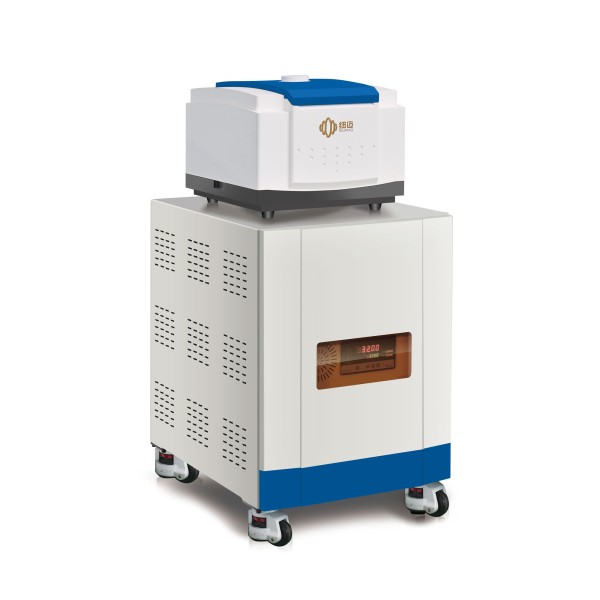NMR Instrument
NMR Instrument Introduction
Nuclear Magnetic Resonance (NMR) is a powerful analytical technique used to study the structure and properties of molecules. An NMR instrument consists of several components, including:
- Magnet: A strong magnetic field is required for NMR experiments. The magnet in an NMR instrument is typically a superconducting magnet that can generate a field strength of 1.5 to 23 Tesla.
- Sample holder: The sample to be analyzed is placed in a sample holder, which is typically a thin-walled glass tube or a quartz tube.
- Radiofrequency (RF) transmitter and receiver: The RF transmitter generates a pulse of RF radiation that is used to excite the nuclei in the sample. The RF receiver detects the resulting NMR signal.
- Gradient coils: Gradient coils are used to apply magnetic field gradients to the sample. These gradients are used.
NMR Instrument Classification
NMR instrument can be classified based on their magnet field strength. The strength of the magnetic field is typically measured in Tesla (T). Here are the different categories of NMR instruments based on magnet field strength:
- Low-Field NMR: These NMR instruments have a magnetic field strength of up to 0.5 T. They are often used for teaching purposes and routine quality control measurements.
- Mid-Field NMR: These NMR instruments have a magnetic field strength ranging from 0.5 T to 1.5 T. They are commonly used for analyzing small molecules and materials science applications.
- High-Field NMR: These NMR instruments have a magnetic field strength ranging from 1.5 T to 23 T. They are typically used for studying large biomolecules and complex organic compounds.
- Ultra-High Field NMR: These NMR instruments have a magnetic field strength greater than 23 T. They are used for cutting-edge research in fields such as structural biology and drug discovery.
The choice of NMR instrument depends on the application and the sample being studied. Higher field strengths generally provide better resolution and sensitivity, but they also require more expensive instrumentation and specialized expertise.
NMR Instrument – Low Field NMR Instrument
Low-field NMR instruments (with a magnetic field strength of up to 0.5 T) have several applications in various fields, including:
- Food Science: Low-field NMR instruments can be used to analyze the composition, structure, and quality of food products such as oils, fats, and beverages. They can also be used for quality control in the food industry.
- Petrochemical Industry: Low-field NMR instruments can be used to analyze the composition and quality of crude oil, refined products, and petrochemicals.
- Material Science: Low-field NMR instruments can be used to study the structure and properties of materials such as polymers, composites, and ceramics.
- Environmental Analysis: Low-field NMR instruments can be used to analyze soil samples, water quality, and environmental pollutants.
- Medical Applications: Low-field NMR instruments can be used for medical applications such as imaging and diagnostic tests.
- Education and Research: Low-field NMR instruments can be used for teaching and research purposes in universities and research institutions.
Low-field NMR instruments (with a magnetic field strength of up to 0.5 T) have several advantages:
- Cost-effective: Low-field NMR instruments are less expensive than higher-field instruments. This makes them more accessible for smaller laboratories or those with limited budgets.
- Portable: Low-field NMR instruments can be designed to be compact and portable, making them useful for field studies or remote locations.
- Easy to use: Low-field NMR instruments are often simpler to operate and require less specialized expertise. This makes them useful for routine quality control measurements or teaching applications.
- Broad sample compatibility: Low-field NMR instruments can analyze a wide range of samples, including solids, liquids, and gases.
- Fast data acquisition: Due to the lower magnetic field strength, low-field NMR instruments typically have shorter relaxation times, resulting in faster data acquisition.
- Non-destructive: NMR spectroscopy is a non-destructive technique, so low-field NMR instruments can be used to analyze samples without damaging them.
NMR Instrument Manufacturer – Niumag Corporation
Niumag Corporation is a leading manufacturer of low-field NMR instruments in China.
Niumag offers a range of low-field NMR instruments for various applications, including food science, petrochemicals, and materials science. Their products are designed to be portable, easy to use, and cost-effective. Some of their popular low-field NMR instruments include:
- PQ001 NMR Analyzer: This NMR instrument is designed for use in the food and agriculture industry and can be used to analyze the quality and composition of various food products, including oils, fruits, and vegetables.
Niumag PQ001 NMR Analyzer
- PQ001 Solid Fat Content Analyzer: This NMR instrument is designed for use in the food industry and can be used to determine the solid fat content in food products such as chocolate, margarine, and butter.
- NMI20 NMR Imaging Analyzer: This NMR instrument is designed for medical applications and can be used for non-invasive imaging and diagnosis.
- NIUMAG also provides training and technical support for their products and has a global customer base, including customers in Asia, Europe, and North America.
Overall, NIUMAG is a reputable Chinese company that provides a range of low-field NMR instruments for various applications and has a strong focus on customer support and satisfaction.
 NIUMAG
NIUMAG



